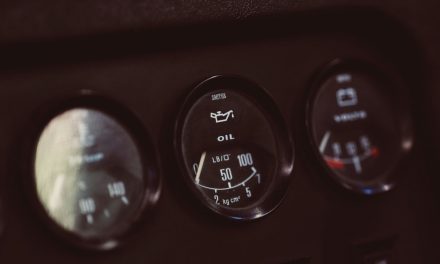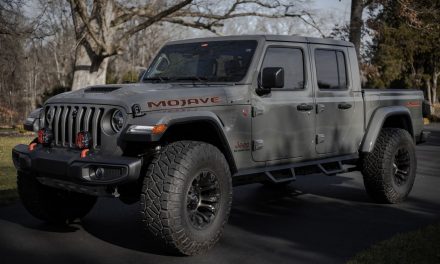I get commissions for purchases made through links in this post.
Getting your tires siped is a common thing that many people recommend, but what does it mean, and should you perform this service on all of your tires? Let’s dig into that subject in this article.
Tire siping is a process in which narrow cuts are made into the tread of a tire. These cuts help to improve the tire’s grip, particularly in wet or icy conditions. This is generally performed by a manufacturer of the tire but can be done after the fact on used tires as well.
In this article we are going to talk more about what siping is, in what conditions you should have tires equipped with it, and even if you should have your tires siped after purchase.
What is it, and how does tire siping work?
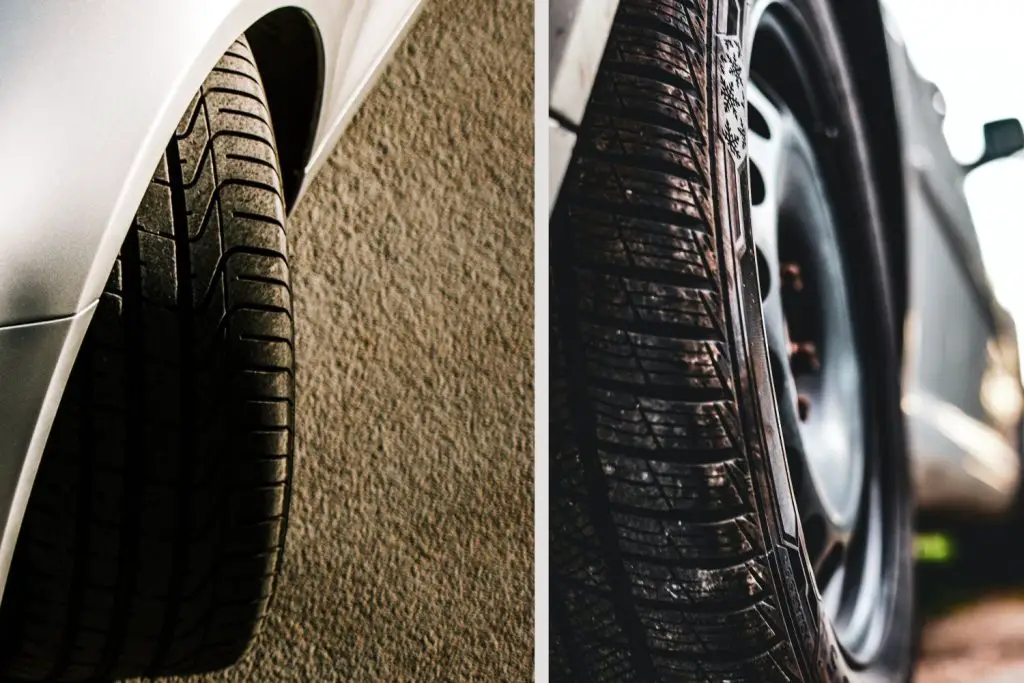
Siping is a process of cutting thin slits into the tread of a tire. Siping can be performed on both new and used tires, and it is often used to improve traction in slippery conditions. Siping can be performed by hand or with a machine, but it is important to take care not to damage the tire in the process.
You can easily tell when a tire is siped just by looking at it. For example, the image above shows a non-siped tire on the left and a siped tire on the right.
The one on the left is going to be considerably better for performance driving, and driving on summer roads. Meanwhile, the one on the right will be much better in rain and snow, as the tires are softer and able to channel rain away via the cuts and get a better grip from the more valuable tires.
If you do plan on getting your used tires siped, you should also keep in mind that tire siping will shorten the life of your tires, so it’s not a good choice if you’re looking for maximum tread life.
What type of tires can be siped, and what kind of driving conditions are ideal for it?
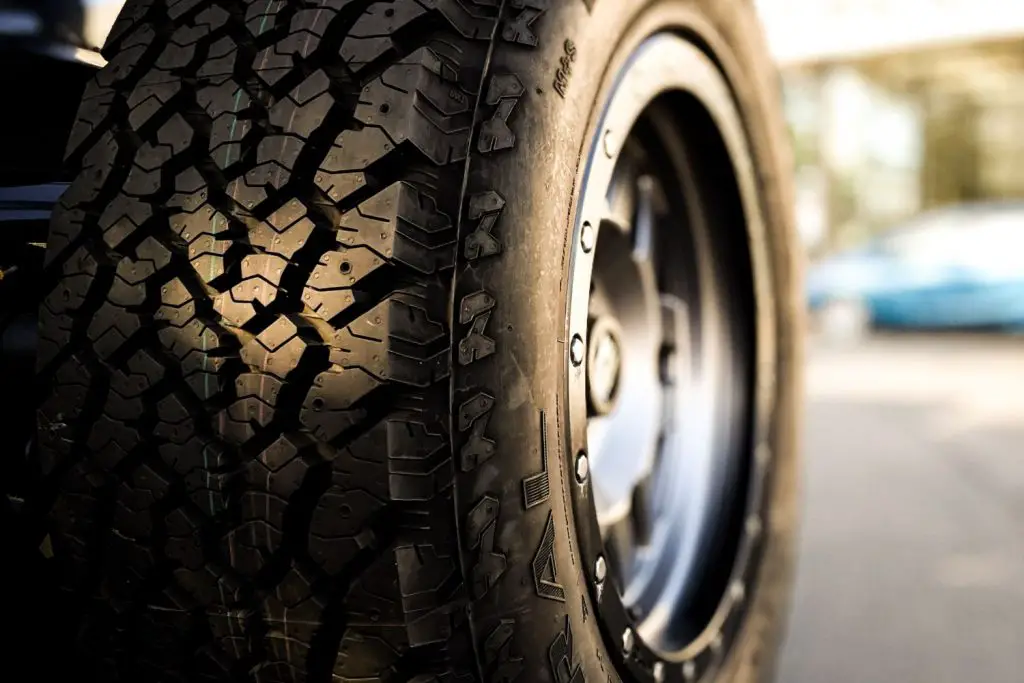
Generally speaking, three styles of tires would be ideal for siping tires. That would be winter tires (of which you can buy right here) (Paid Link), all-season tires (like these) (Paid Link), and off-road tires. Each of these benefits from the siping, as they are built for grip in less-than-ideal situations. Most of these tires will come with siping already on the tire itself, and you will not need to add any additional siping to them.
On the other hand, summer tires are generally not going to be good candidates for siping. The rubber compound in a summer tire is much firmer and built for performance and gas mileage. If you were to add siping to these tires, you would find this performance drop and negate any of the benefits of a summer tire.
Should you have your used tires siped?
It is not recommended to have your tires siped after they have been worn down at all. Manufacturers build their tires for very specific purposes, whether that be for performance driving (Paid Link), ideal weather situations, or acclimate weather times of the year. Each tire has its purpose and has varying amounts of malleability depending on what type of tire it is.
Siping your tires will completely change the performance of that tire and turn it into something that is essentially not good at anything. If you sipe your summer tires, you will quickly find that they no longer get the gas mileage you were hoping for, but they also don’t perform in the rain in snow as you would prefer, as the rubber compound is harder.
If you sipe your all-season tires, you will find they no longer perform in the summer, even though you might gain negligible performance in the winter (you should still have winter tires in the snow, not just all-seasons tires).
- YOUR TIRES ARE TOO OLD: HOW MANY YEARS, AND MILES TO REPLACE?
- HOW OFTEN SHOULD TIRES BE ROTATED: PLUS A TON MORE INFORMATION ABOUT ROTATING YOUR TIRES
- TOP 7 CAR-RELATED THINGS YOU SHOULD DO TO PREPARE FOR WINTER
Are there any drawbacks to tire siping?
There are also several drawbacks that drivers should be aware of before siping their tires.
- One problem with siped tires is that they tend to wear out more quickly than un-siped tires. This is because the cuts made in the tread act as weak points that can easily become damaged. It also makes it so that the rubber can absorb more heat, causing the tire to wear more quickly.
- Siped tires may not perform as well as un-siped tires in warmer weather. Due to the additional give in the tire, they won’t perform on tight corners for grip, or on long road trips for gas mileage.
- Finally, tire siping will void any manufacturer warranty that you have on the tire. I don’t know about you, but I like the warranty on my tires.
How much does tire siping cost?
If you do decide to have your tires siped, you can count on spending around $15 per tire to have it performed. Before you do this, the tire shop will generally take a close look at your existing tires and will let you know if they can sipe the tire, as some tires will not have enough tread depth (even from new) to have this service performed.
Conclusion
Buying tires with existing siping on them is a great way to help you in cold and rainy seasons. However, it is not recommended to have your tires siped on your own, as it will completely change the driving dynamic away from what the brand intended and tested. Furthermore, it is quite costly to do this service and may void any warranties that you have on the tire.
Therefore, research your options before making a decision that may be difficult to undo. In summary, only purchase tires with existing siping if you plan on driving in conditions that are less than ideal for traction.

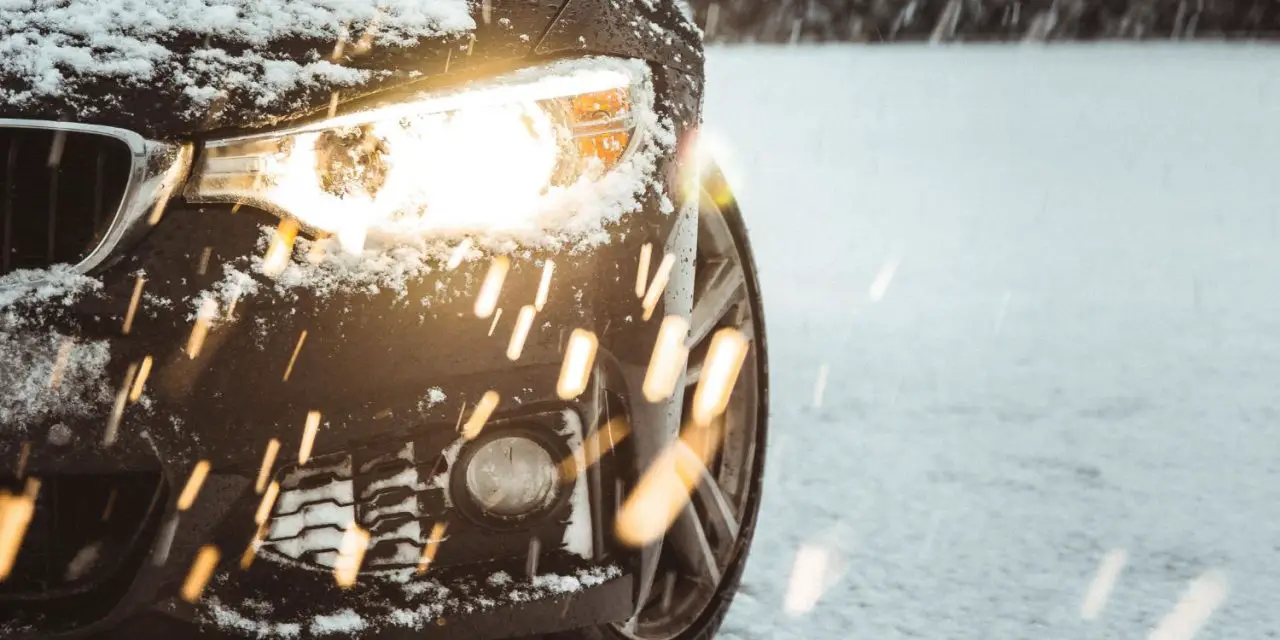

![4 Different Types of Belts in Your Car [Can you still drive?]](https://readysetrev.com/wp-content/uploads/2022/09/Boxer-Engine-Bay-440x264.jpg)
